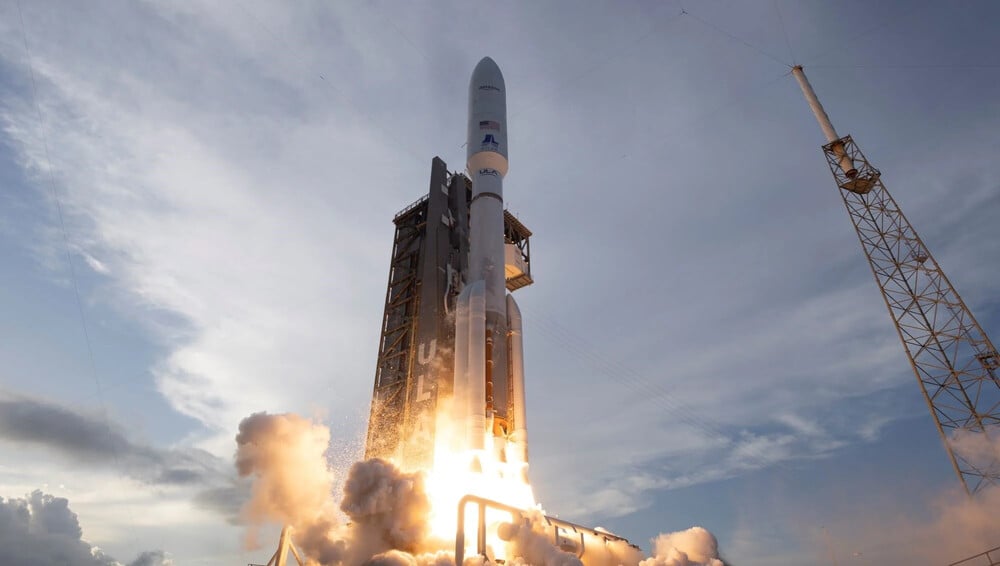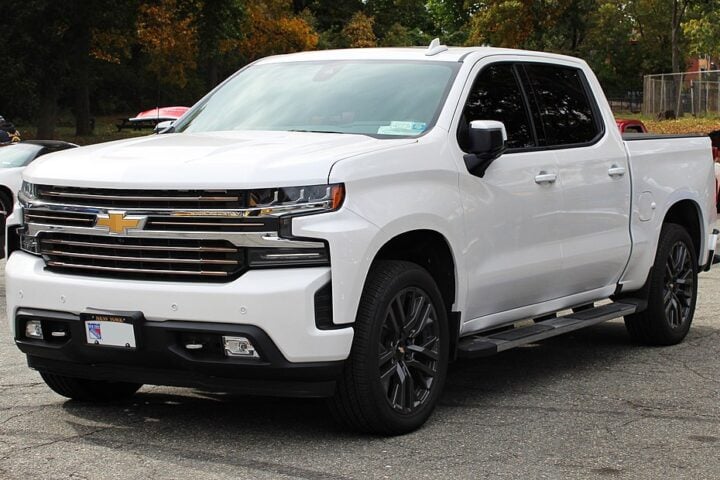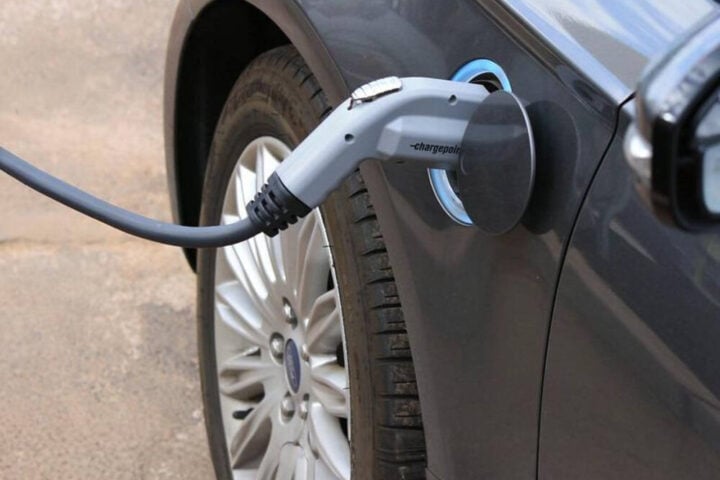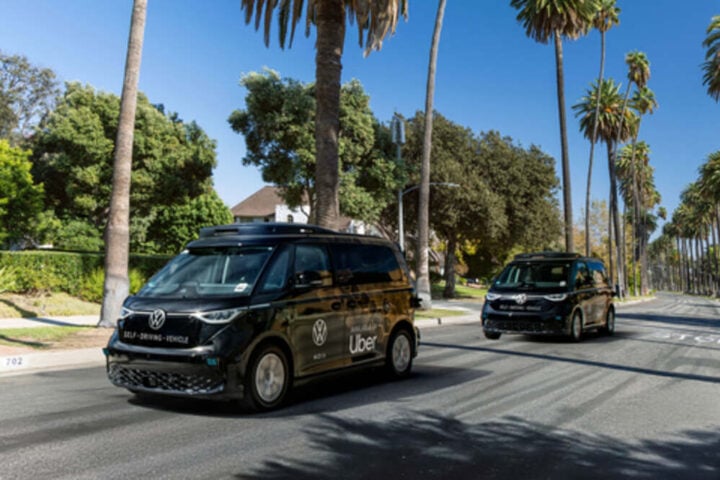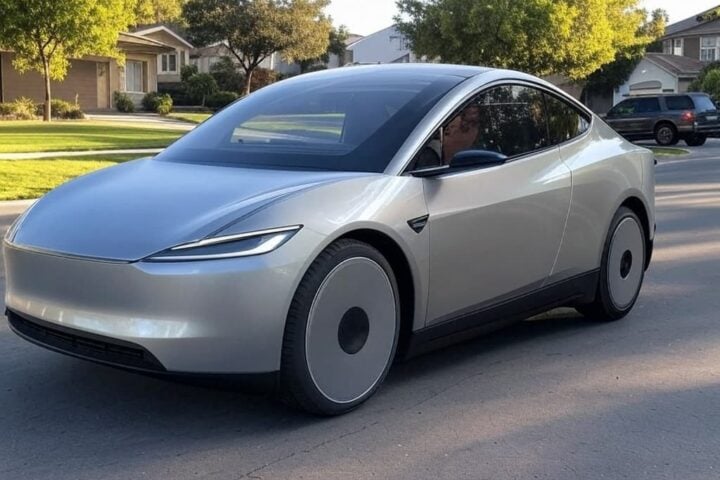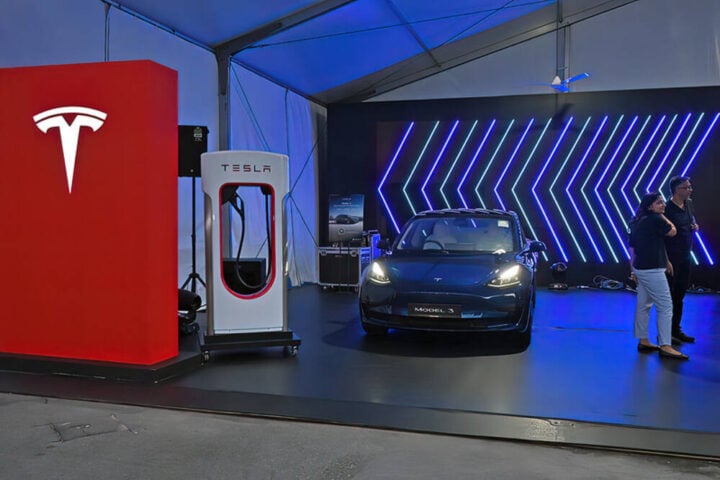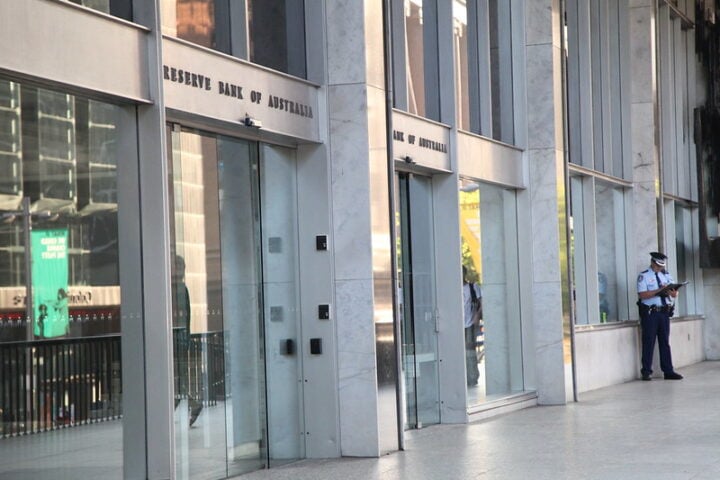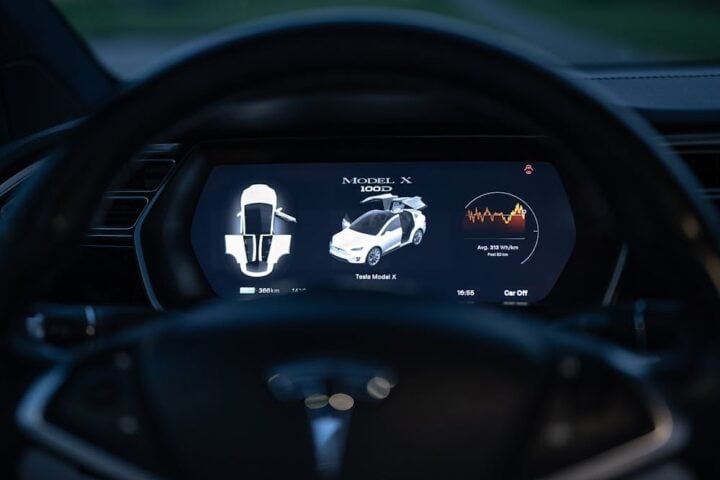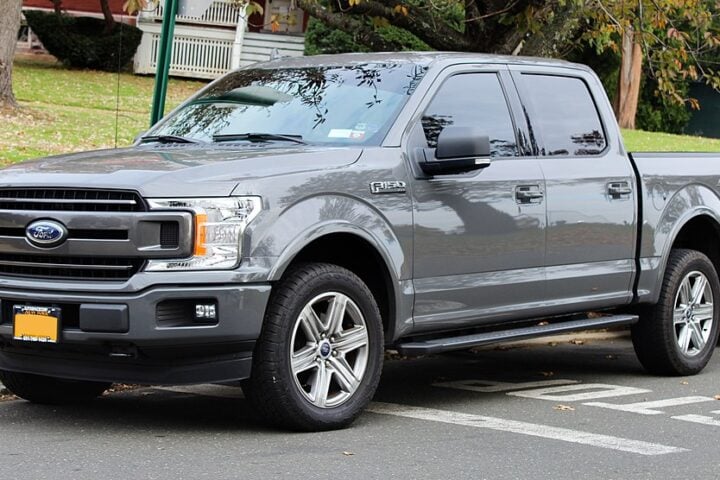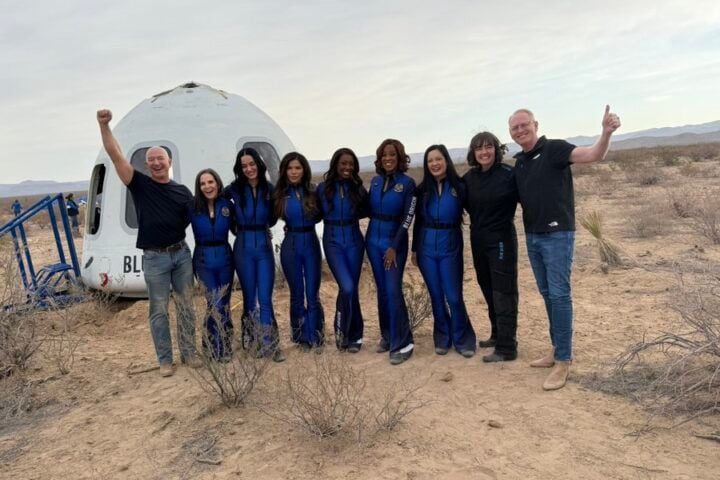Amazon launched its first 27 operational Project Kuiper satellites on April 28, 2025, marking its entry into the competitive satellite internet market dominated by SpaceX’s Starlink. A United Launch Alliance (ULA) Atlas V rocket carried the satellites from Cape Canaveral, Florida, at 7:01 PM Eastern time.
This launch starts Amazon’s deployment of a planned 3,236-satellite constellation aimed at providing global high-speed internet access. The satellites were initially deployed at 280 miles above Earth and will use onboard propulsion to reach their operational altitude of 393 miles (or 630 km).
“We had a nice smooth countdown, beautiful weather, beautiful liftoff, and Atlas V is on its way to orbit to take those 27 Kuiper satellites, put them on their way and really start this new era in internet connectivity,” said Caleb Weiss, a systems engineer at ULA, following the launch.
Playing Catch-Up to Starlink
Amazon faces a steep climb to compete with Elon Musk’s Starlink, which already has over 7,000 satellites in orbit and serves approximately 4.6 million customers worldwide.
“Kuiper is going to have a long way to go to catch up to be able to serve a significant part of the market,” said Craig Moffett, senior managing director at research firm MoffettNathanson. “It looks like there is a very, very high probability that this will turn out to be too late for it to ever come close to being an attractive investment.”
The FCC requires Amazon to deploy half its constellation (1,618 satellites) by July 2026, with the full constellation operational by mid-2029. To meet these deadlines, Amazon has booked more than 80 launches with various providers, including ULA, Arianespace, Blue Origin, and even competitor SpaceX.
The Technology
The Kuiper satellites include several technical features designed to compete in the market:
- Phased array antennas that can communicate with multiple users simultaneously
- Optical inter-satellite links (laser links) for creating a mesh network in space
- Onboard electric propulsion systems
Similar Posts:
Amazon plans to offer three types of user terminals:
- An ultra-compact 7-inch square terminal (targeting speeds up to 100 Mbps) priced under $400
- A standard residential model offering speeds up to 400 Mbps
- A high-bandwidth model for enterprise users with speeds up to 1 Gbps
Financial Stakes
Amazon is spending at least $10 billion to build the Kuiper network, with some analysts estimating costs as high as $17 billion for the first-generation system. Raymond James analyst Josh Beck projects ongoing costs of $1-2 billion annually even after the service launches.
In his recent shareholder letter, Amazon CEO Andy Jassy acknowledged the substantial upfront investment but expressed confidence in Kuiper’s long-term prospects: “Kuiper will require upfront investment at first, but eventually the company expects it to be a meaningful operating income and ROIC business for us.”
Beyond Consumer Internet
Unlike Starlink’s initial focus on residential customers, Amazon appears to be positioning Kuiper as an integrated component of its broader business ecosystem, particularly with Amazon Web Services (AWS).
Rajeev Badyal, vice president of Project Kuiper, has maintained a measured tone about the project’s prospects: “No matter how the mission unfolds, this is just the start of our journey, and we have all the pieces in place to learn and adapt as we prepare to launch again and again over the coming years.”
Amazon plans to begin commercial service for consumers, enterprises, and government customers later in 2025.
Launch Partners and Strategy
To rapidly deploy its constellation, Amazon has contracted with multiple launch providers:
- United Launch Alliance (Atlas V and upcoming Vulcan rocket)
- Arianespace (Ariane 6)
- Blue Origin (New Glenn)
- SpaceX (Falcon 9)
Tory Bruno, United Launch Alliance’s chief executive, stated: “This launch marks the first step towards the future of our partnership and increased launch cadence.”

The decision to use multiple providers appears strategic, providing Amazon with redundancy and capacity to meet its aggressive deployment timeline. Notably, the inclusion of SpaceX as a launch partner came after a pension fund sued Amazon, claiming the board had acted in bad faith by arranging launches on unproven rockets while ignoring the more established and potentially less expensive Falcon 9.
As the billionaire space race enters a new chapter, consumers and businesses may ultimately benefit from increased competition in the satellite internet market—but whether Amazon can catch up to SpaceX’s substantial head start remains an open question.
